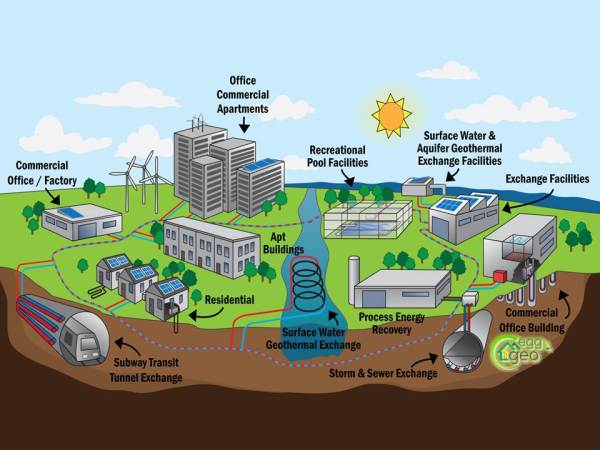Menu

Geothermal source uses thermal energy stored and generated from a subsurface system. The heat from the source is utilised to produce steam and then generate electricity. The first geothermal electric power was invented by Piero Ginori Conti, an Italian scientist, in 1904. In 1922 he further developed the power plant that provided electricity to the Italian railway system. Since then, the geothermal technology as power plant source has spread around the world.
In the ASEAN region, the first utilisation of geothermal was used in the 1960s near Mount Mayon in the Philippines. After the Philippines, Indonesia developed geothermal power plants since the 1980s with the first geothermal project in Kamojang, West Java. In Thailand, a demonstration project of the geothermal power plant was built in 1989.
Two ASEAN Member States (AMS); Indonesia and the Philippines, are located in the ring of fire, a geological term to describe the volcanic lines between Indian and the Pacific Ocean. This area consists of a lot of volcanoes, which have a high potential of the geothermal source. Indonesia itself has 29 GW of geothermal potential or about 40% of the total world’s geothermal resources. The Philippines has a geothermal potential of 4 GW. Other AMS that have a considerable amount of geothermal resources are Lao PDR, Myanmar, Thailand, and Vietnam.
From 2006 to 2015, the development of geothermal in ASEAN power sector has grown 2% in terms of compound annual growth rate (CAGR). The growth rate was much lower compared to other RE sources such as solar and wind sources, which have a CAGR of more than 20%. In the 10-year period, the additional power capacity was a 529 MW from 2,827 MW in 2006 to 3,356 MW in 2015, of which the Philippines was the main contributors of the increase, followed by Indonesia (Figure 1).

Figure 1. Installed Power Capacity of Geothermal from 2006 to 2015 in ASEAN
In terms of policies, AMS has developed policies in the geothermal sector for decades ago. The Philippines issued an act to promote the exploration and development of the geothermal resources in 1978. The Government of Indonesia promulgated geothermal regulations by issuing several Presidential Decrees in the 1970s and 1980s. In the latest development, the Philippines and Indonesia have included geothermal source as part of their RE target policies. The Philippines aims to have additional 1,495 MW of geothermal installed power capacity between 2011 and 2030, while Indonesia sets a target of 7.1 GW geothermal power by 2025. Indonesia has also issued feed-in tariffs for the geothermal electricity generation.
The development of the geothermal sector in ASEAN is still facing broad challenges such as technology costs, competition with fossil fuels, and permits for projects lands. However, with an abundant potential of the geothermal source and full support from the governments, we will see an optimistic future of the geothermal sector in the ASEAN region. (YIS. Featured photo credit: Sarah Cheney, National Geographic)
References
